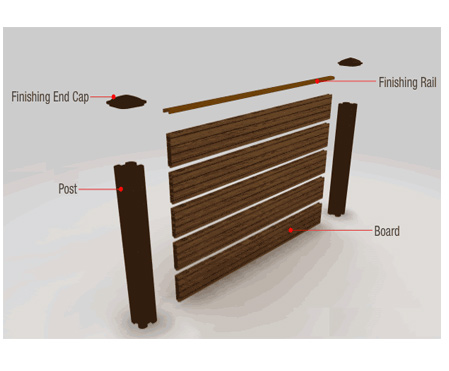Different Types of Crash Barriers and Their Uses
Crash barriers play an important role in road safety and protect vehicles from going off the road, getting hit by heavy obstacles, or coming in between moving traffic. These barriers are mainly installed on highways, bridges, medians, and blind curves to minimise the impact of vehicles hitting each other and minimise injuries. In this blog, we discuss different types of crash barriers and their uses.
1. W-Beam Crash Barriers
One of the most commonly used barriers throughout the world.
Developed from galvanised steel, these barriers have a wave-shaped beam mounted
on a strong post. The W-beam crash
barrier is made of galvanised steel and features a wave-shaped beam mounted
on strong posts. These barriers are designed to absorb the pressure of vehicles
after hitting each other and redirect them back onto the road during a
collision. W-beam barriers are best suitable for highways, expressways, and
roadside applications due to their durability and cost-effectiveness.
2. Thrie-Beam Crash Barriers
At first instance, thrie-beam barriers look like W-beam
barriers but have an additional wave, which makes them more strong and more
suitable for high-impact areas. They are capable of providing enhanced
resistance against heavy vehicles and are commonly installed at places with
steep slopes or bridges where higher containment is required.
3. Concrete Barriers
Also known as Jersey barriers, concrete crash barriers are
widely used for diversions or making divisions on a road, and at construction
zones. These barriers are mainly effective in stopping vehicles and protecting
them from hitting each other. Due to their strong structure, they are best
suitable for areas where vehicle redirection is not essential, and stopping the
vehicle is a priority.
4. Wire Rope Safety Barriers (WRSB)
Wire rope barriers are developed from high-tensile steel
cables mounted on pillars or walls or on strong bases. These barriers flex upon
impact, minimising the speed of vehicles and reducing the severity of injuries
in accidents. They are normally installed in medians of highways and require
less space than other types of barriers.
5. Crash Cushions (Impact Attenuators)
Crash cushions are designed to absorb energy and stop the vehicle after a collision. They are normally installed in front of fixed objects like toll booths, bridge piers, or exit ramps. These barriers are developed to reduce the severity of crashes without causing a rebound effect.
Conclusion




Comments
Post a Comment
Please do not enter the spammy link!